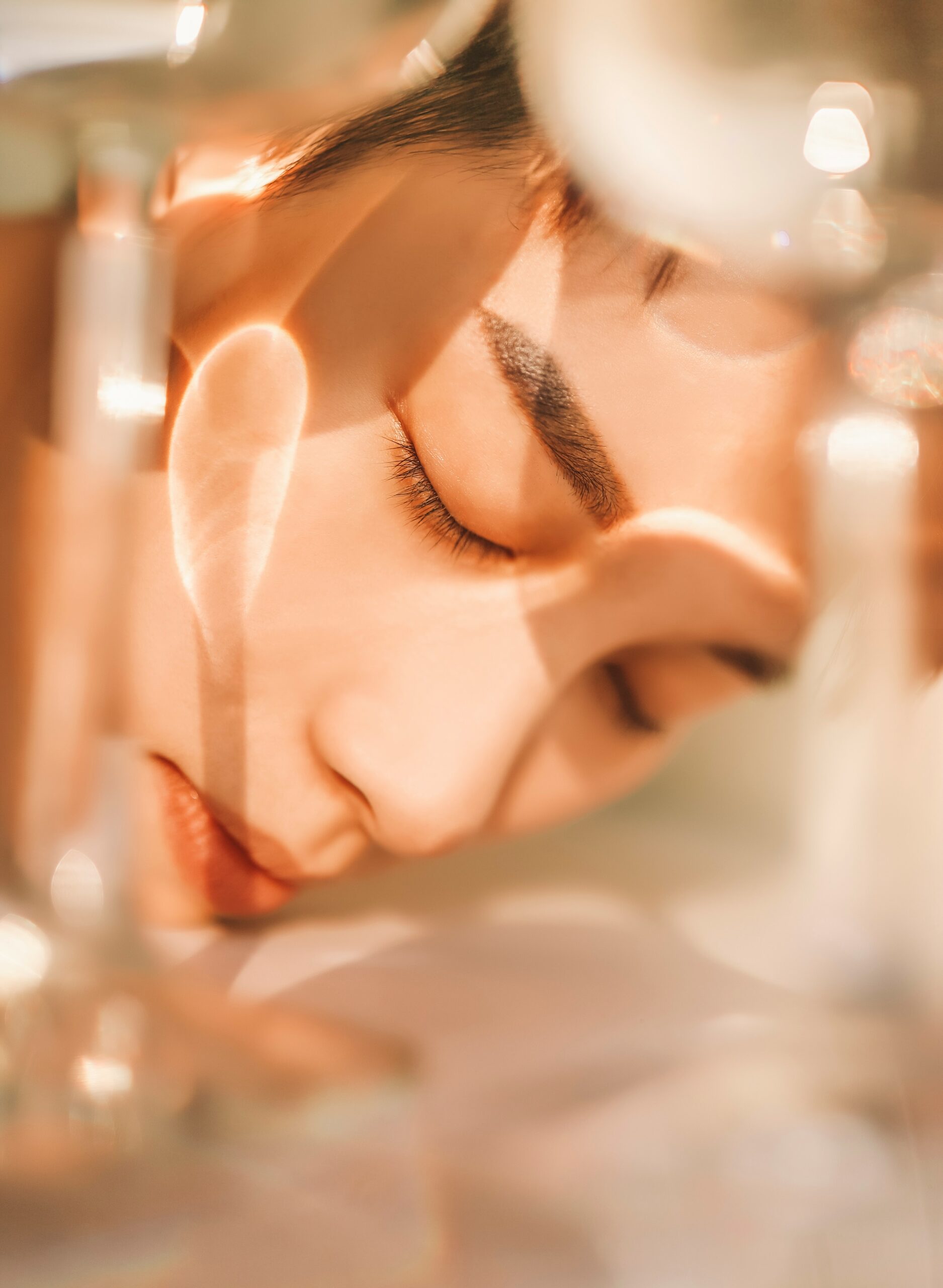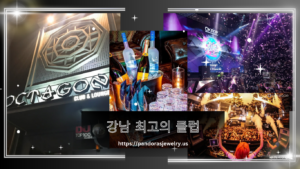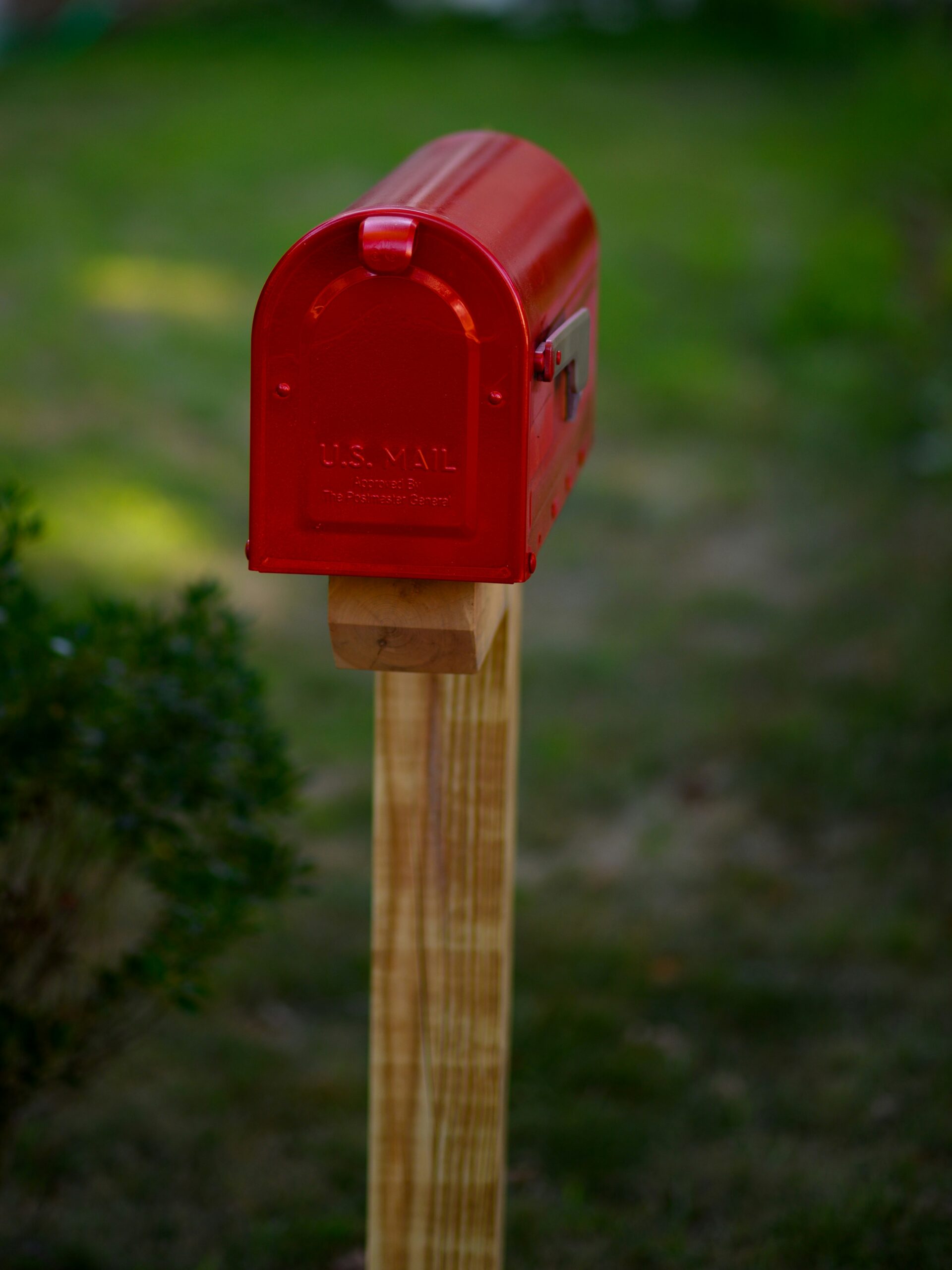
Photo by <a href="https://unsplash.com/@sunnysmng" rel="nofollow">Sunny Ng</a> on <a href="https://unsplash.com/?utm_source=hostinger&utm_medium=referral" rel="nofollow">Unsplash</a>
K-Beauty and J-Beauty have become two dominant forces in the global beauty industry, captivating consumers with their unique approaches to skincare and makeup. While both beauty philosophies have gained significant popularity worldwide, they have distinct characteristics that set them apart.
K-Beauty, originating from South Korea, is known for its extensive skincare routines and emphasis on achieving a flawless complexion. The K-Beauty philosophy revolves around the concept of “skin first,” focusing on maintaining a healthy and radiant complexion. Korean skincare products often contain innovative ingredients like snail mucin, fermented extracts, and hyaluronic acid, which are believed to provide numerous benefits for the skin.
One of the key aspects of K-Beauty is its multi-step skincare routine, which typically consists of cleansing, toning, exfoliating, treating, moisturizing, and protecting the skin. This meticulous approach aims to address various skin concerns and promote long-term skin health. K-Beauty also places great importance on sheet masks, essences, and ampoules, which are used to provide intensive hydration and nourishment to the skin.
On the other hand, J-Beauty, originating from Japan, focuses on simplicity and minimalism. Japanese beauty philosophy emphasizes the concept of “less is more,” promoting a natural and effortless beauty aesthetic. J-Beauty products are often formulated with gentle and traditional ingredients like rice bran, green tea, and seaweed, which are believed to nurture and protect the skin.
Unlike the multi-step routine of K-Beauty, J-Beauty advocates for a simplified skincare regimen. The emphasis is on using fewer products that are effective and cater to individual skin needs. J-Beauty also emphasizes the importance of sun protection and places great emphasis on achieving a healthy and balanced lifestyle, as these factors are believed to contribute to overall beauty.
While both K-Beauty and J-Beauty share a commitment to skincare, they also differ in their makeup approaches. K-Beauty is known for its trendsetting and innovative makeup products, often focusing on achieving a youthful and dewy complexion. On the other hand, J-Beauty embraces a more natural and subtle makeup look, emphasizing enhancing one’s natural features rather than masking them.
In conclusion, the rise of K-Beauty and J-Beauty has revolutionized the beauty industry, offering consumers a wide range of options to cater to their skincare and makeup needs. Whether one prefers the extensive and innovative approach of K-Beauty or the simplicity and minimalism of J-Beauty, both philosophies have undoubtedly made a significant impact on the global beauty landscape. K-Beauty has not only revolutionized skincare routines but also transformed the way people approach makeup. In addition to their extensive skincare routines, Koreans have also mastered the art of achieving a natural, youthful makeup look known as “Korean makeup.” This makeup style focuses on enhancing one’s natural features and creating a soft, radiant complexion.
The first step in achieving the perfect Korean makeup look is to create a flawless base. This involves using a lightweight, high-coverage foundation or BB cream to even out the skin tone and cover any imperfections. Koreans also emphasize the importance of proper skincare before applying makeup, as a well-hydrated and prepped canvas ensures a smoother application.
After creating the perfect base, Koreans focus on enhancing their eyes and eyebrows. The eyebrows are carefully groomed and filled in to create a natural, straight shape that frames the face. For the eyes, neutral eyeshadows in shades of brown and beige are often used to create a soft, subtle look. Eyeliner is applied thinly along the lash line to define the eyes, and mascara is used to lengthen and volumize the lashes.
The next step in the Korean makeup routine is to add a healthy flush of color to the cheeks. Koreans prefer using cream or liquid blushes in soft, rosy shades to create a natural, flushed look. The blush is applied to the apples of the cheeks and blended outwards for a seamless finish.
To complete the Korean makeup look, a gradient lip is often created. This involves applying a lip tint or lipstick to the center of the lips and blending it outwards using a finger or a lip brush. This technique gives the illusion of natural, plump lips and is a signature element of Korean makeup.
Overall, K-Beauty has not only revolutionized skincare but also influenced the way people approach makeup. The emphasis on achieving a natural, radiant complexion and enhancing one’s features has become a global trend, with people all over the world embracing the Korean beauty philosophy. Whether it’s through meticulous skincare routines or mastering the art of Korean makeup, K-Beauty continues to inspire and captivate beauty enthusiasts worldwide.
J-Beauty: The Japanese Beauty Philosophy
J-Beauty, on the other hand, takes a more minimalist and holistic approach to skincare. Japanese beauty focuses on simplicity, purity, and achieving healthy skin from within.
블로그 뉴스 One of the key principles of J-Beauty is the belief in the power of natural ingredients. Japanese skincare products often contain botanical extracts, such as green tea, rice bran, and seaweed, which are known for their nourishing and soothing properties. These ingredients are carefully selected for their ability to enhance the skin’s natural beauty.
J-Beauty also places great importance on cleansing and maintaining a clean canvas. Double cleansing, a technique that involves using an oil-based cleanser followed by a water-based cleanser, is a fundamental step in Japanese skincare routines. This thorough cleansing method ensures that the skin is free from impurities and ready to absorb the subsequent skincare products.
Unlike the multi-step routines of K-Beauty, J-Beauty tends to favor a simpler approach with fewer products. Japanese skincare routines typically consist of a few essential steps, such as cleansing, toning, moisturizing, and protecting the skin from the sun. The focus is on using high-quality, effective products rather than a multitude of steps.
Another key aspect of J-Beauty is the emphasis on overall wellness and lifestyle. Japanese beauty practices often incorporate elements of self-care, such as mindfulness, relaxation, and a balanced diet. The belief is that a holistic approach to beauty will result in a healthy and radiant complexion.
In addition to skincare, J-Beauty also extends to hair care. Japanese women are known for their shiny, healthy hair, and this is achieved through a combination of proper care and natural remedies. Traditional Japanese hair care practices include the use of camellia oil, which is rich in antioxidants and helps to nourish and protect the hair. Additionally, regular scalp massages using natural oils are believed to promote hair growth and improve overall hair health.
Furthermore, J-Beauty emphasizes the importance of sun protection. Japanese women are diligent about protecting their skin from the sun’s harmful rays, as excessive sun exposure can lead to premature aging and skin damage. Sunscreen is a staple in Japanese skincare routines, and many products also offer additional benefits such as hydration and anti-aging properties.
Overall, J-Beauty is not just about achieving external beauty but also about cultivating a sense of inner well-being. It is a holistic approach that encompasses skincare, hair care, and lifestyle practices to promote overall health and radiance. By embracing the principles of J-Beauty, individuals can attain a natural and timeless beauty that goes beyond surface-level aesthetics.
What Sets Them Apart?
While both K-Beauty and J-Beauty share a common goal of achieving beautiful skin, there are several factors that set them apart.
The first noticeable difference is the approach to skincare routines. K-Beauty is known for its extensive multi-step routines, while J-Beauty favors a simpler and more streamlined approach. This difference in approach reflects the cultural preferences and lifestyle choices of each country.
Another difference lies in the choice of ingredients. K-Beauty often incorporates unique and innovative ingredients, while J-Beauty focuses on natural and traditional ingredients. Both approaches have their merits, and it ultimately comes down to personal preference and skin type.
The cultural influences on beauty trends are also evident in the packaging and branding of K-Beauty and J-Beauty products. K-Beauty products often feature cute and colorful packaging, appealing to a younger demographic. J-Beauty, on the other hand, tends to have more minimalist and elegant packaging, reflecting the Japanese aesthetic.
Lastly, the beauty philosophies of K-Beauty and J-Beauty differ in their overall approach. K-Beauty places a strong emphasis on achieving flawless, glass-like skin through intensive skincare routines and the use of makeup products. J-Beauty, on the other hand, focuses on enhancing natural beauty and achieving healthy skin through a holistic approach that encompasses lifestyle and self-care.
Despite these differences, it is important to note that both K-Beauty and J-Beauty have made significant contributions to the global beauty industry. Their unique approaches and philosophies have not only influenced skincare routines and product formulations, but have also sparked a renewed interest in self-care and overall well-being.
Moreover, the popularity of K-Beauty and J-Beauty has led to increased cultural exchange and collaboration between the two countries. Many beauty enthusiasts now incorporate elements of both K-Beauty and J-Beauty into their skincare routines, creating a hybrid approach that combines the best of both worlds.
As the beauty industry continues to evolve, it is likely that we will see further innovations and developments from both K-Beauty and J-Beauty. Whether you prefer the extensive rituals of K-Beauty or the simplicity of J-Beauty, there is no denying the impact that these beauty philosophies have had on the industry and the way we approach skincare.







Thank you for your sharing. I am worried that I lack creative ideas. It is your article that makes me full of hope. Thank you. But, I have a question, can you help me?
Can you be more specific about the content of your article? After reading it, I still have some doubts. Hope you can help me.
Your point of view caught my eye and was very interesting. Thanks. I have a question for you.